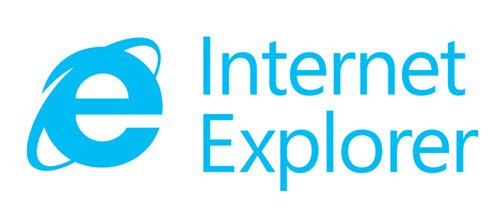In Internet Explorer, Microsoft has introduced a new feature called Tracking Protection. With so many users used to using the InPrivate Filtering and Browsing Mode, users are now a bit confused asking if Tracking Protection replaces InPrivate, which is better and what are the differences.

Difference between Tracking Protection and InPrivate Filtering in IE
What is Tracking Protection?
Tracking Protection gives users the ability to control what third-party site content can track them when they are online. The user uses lists called Tracking Protection List which contains web addresses (Google.com for example) that the browser will be allowed to visit only if the user visits them directly by clicking on a link or typing the address. By limiting the calls to the websites and resources from the current web page and from other web pages, the Tracking Protection List limits the information these other sites can collect about you.
What is InPrivate Filtering/Blocking and InPrivate Browsing Mode?
InPrivate Blocking is used to give the user the option of choosing what information to share as well as allowing you to block sites and content, such as ads. When InPrivate Browsing is enabled cookies are not stored, existing cookies can still be read, new history entries are not stored, form data is not stored and temporary internet files are deleted after InPrivate Browsing is closed. With the release of IE9 RC, InPrivate Filtering is no longer available and Tracking Protection List has taken its place.
Does Tracking Protection replace InPrivate Browsing?
No! While Tracking Protection and InPrivate are similar in some ways they each have features unique to them. InPrivate is a very secure way of browsing when InPrivate is activated and once the browser is closed it disabled itself. Tracking Protection once activated will enable users to subscribe to a list of sites and content to block.
Which one should I use?
While Tracking Protection with a good Tracking Protection list installed should work for most users, if there are deeper privacy concerns you can run in InPrivate Mode with Tracking Protection List enabled as well.
WOW,So thanks
People get confused between InPrivate BROWSING and InPrivate FILTERING. InPrivate Filtering in IE8 is the same thing as Tracking Protection in IE9. InPrivate Filtering in IE8 had to be turned on every time IE8 was closed and re-opened but with a registry tweak, it could be made permanently on. Tracking Protection remains on once turned on.
There are two ways in which both InPrivate Filtering and Tracking Protection build their lists. One is an automated learning way in which the browser learns over time and builds a list by observing the 3rd party servers that users kept interacting with as they browsed the web, and once a server showed up more than a set number of times, the browser would block future connections to it. Second way is by specifying a pre-defined list yourself by clicking Import in “Advanced settings” of IE8 or in case of IE9, going to the TP List page and clicking on a list. In IE8, the first way is the default and the second is optional. In IE9, the second is the default and the first still available by going to Tools menu -> Tracking Protection.
Either way, the only difference is a name change and “Tracking Protection” is a feature MS make more prominent by marketing it and making it easier to add the list by simply clicking on it from a web page instead of importing an XML file yourself. Tracking Protection is the next incarnation of InPrivate Filtering and not a new feature. It has been renamed Tracking Protection in IE9 wherein the default behavior is to block third party domains by using pre-defined lists instead of automatically building the list based on the websites the user visited.
I can’t “upgrade” to IE9 but I am not able to import that TPLs for IE9 into IE8. I’ve downloaded TPLs from a number of privders offerd on MSFT web page but I keep getting the error message that the XML or txt files are not valid when I try to import into InPrivate Filtering. Boo!!!!
Fred: I am not sure there is a way to make them work with InPrivate but there are several large lists available for InPrivate that does a good job.
There is a nice list provided here: http://www.dslreports.com/forum/r22124619-IE8-InPrivate-filter-from-adblock-plus-list
I have also written a small app for IE8 users for InPrivate that you can have a look here: http://leewhittington.deviantart.com/gallery/25099213#/d2ud0t1
Hope that helps,
Lee